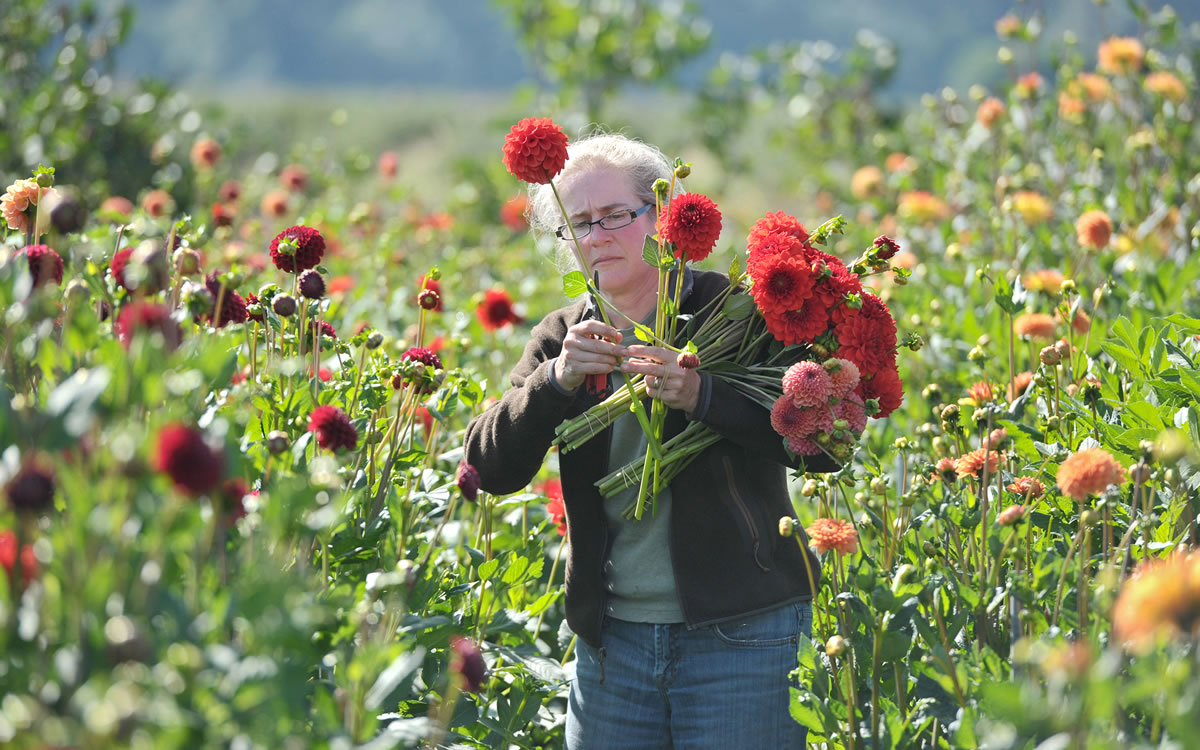As she took a break on Monday from picking dahlias, zinnias and amaranths on her Jello Mold Farm in Mount Vernon, Diane Szukovathy wondered why, in her opinion, the federal government is working so hard to put other flower growers and her out of business by helping competitors thousands of miles away in the temperate regions of Colombia.
First came the international war on drugs, with the U.S. government spending millions since 1999 to help poor Colombian farmers destroy their coca plants and replace them with flowers. Then Congress passed a free-trade agreement with Colombia last year, making those blooms cheaper for Americans to buy.
With Colombian imports now accounting for three of every four cut flowers sold in the United States, domestic growers say they can’t compete with the planeloads of Colombian flowers that are flown in through Miami each day.
“It’s job robbing. I mean, it’s so bad. It’s so wrong,” said Szukovathy, 49, who’s run her farm in the Skagit River Valley, about an hour north of Seattle, for nearly 10 years. “Those politics are such a mess. I don’t really feel like that’s my government, almost.”




